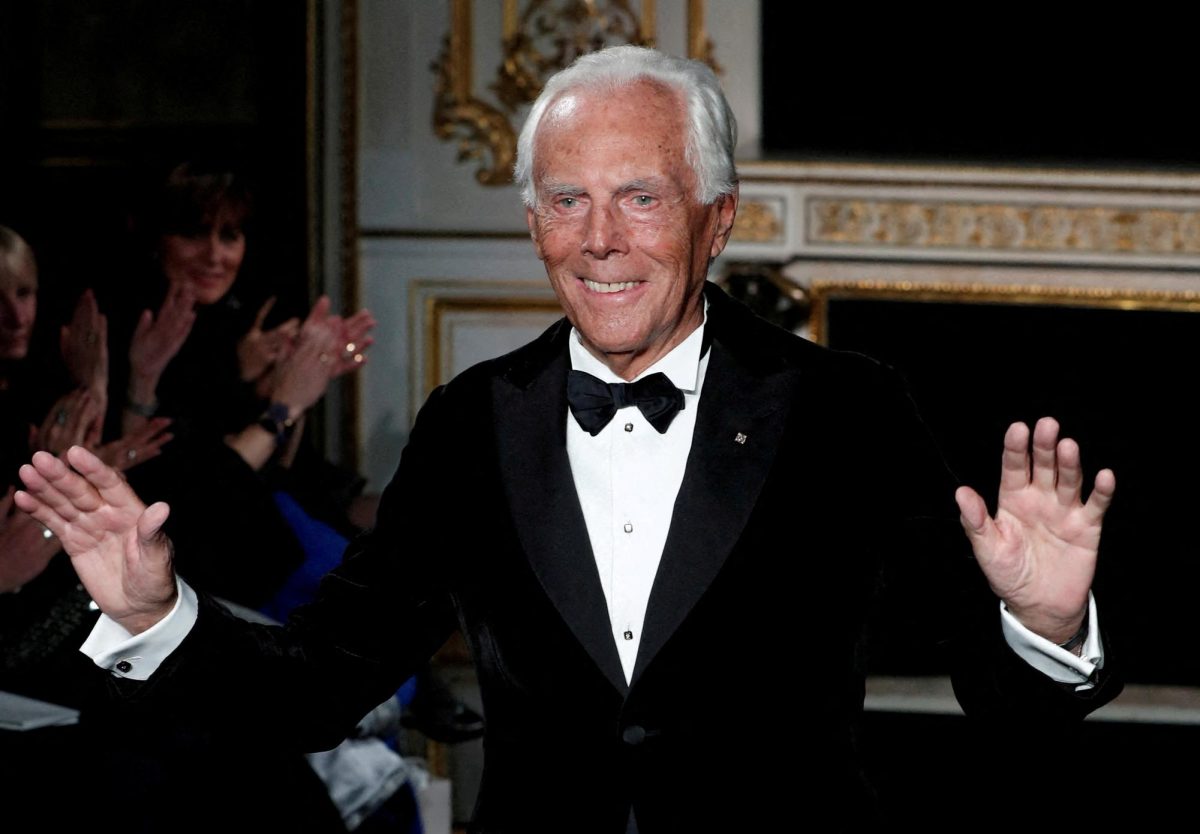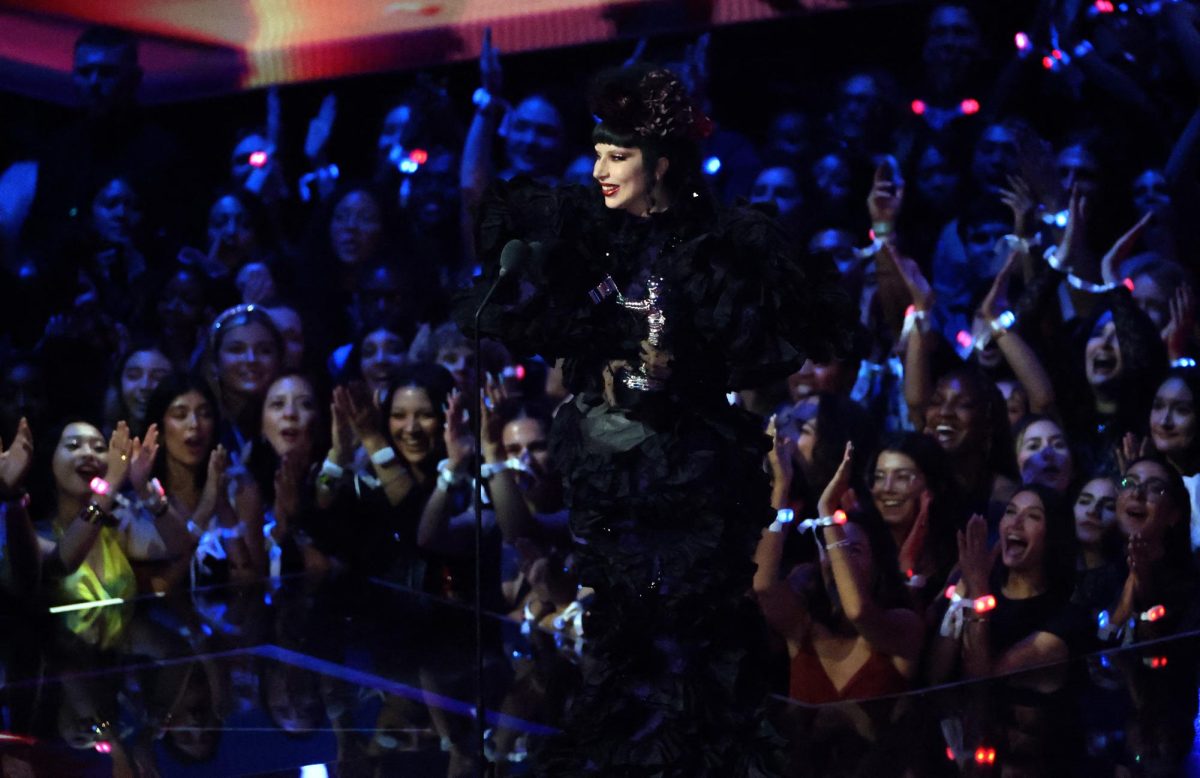Giorgio Armani, the famous Italian fashion designer who helped shape modern style and dressed some of the world’s biggest celebrities, passed away on Sept. 4, 2025, at the age of 91 in his home in Milan. While the official cause of death has yet to be confirmed, many reports suggest that health-related complications, including liver failure and age-related illnesses, may have contributed to his passing.
Armani was best known for his clean, simple designs that changed the look of fashion in the 1970s and 1980s. His minimalist aesthetic stood in stark contrast to the more flamboyant and often excessive trends that dominated the era. With an emphasis on sleek lines and impeccable tailoring, Armani introduced a fresh approach to luxury, making clothing feel more accessible and effortless. His soft, tailored suits became a symbol of power and confidence, particularly in the business world, where the “Armani suit” became a must-have for high-powered professionals. At the time, his designs offered a refreshing departure from the stiff, structured suits that were prevalent in corporate dress. Armani’s creations were not just about appearance, they were about comfort, versatility and ease.
His influence extended far beyond Italy, leaving a lasting impact on the global fashion landscape. In Hollywood, Armani’s influence was unmistakable. His sleek suits and sophisticated gowns became staples on the red carpet, gaining the attention of actors, musicians and athletes alike. Many credit Armani with elevating celebrity fashion, allowing stars to wear clothing that was both chic and functional, making fashion a platform for self-expression. Some of his most iconic creations include the sharp, tailored suits worn by actor Christian Bale as Bruce Wayne in “The Dark Knight” trilogy, which skillfully blended elegance with the strength and resilience of the character. On the red carpet, Armani’s gowns were regularly worn by A-list celebrities like Julia Roberts, Cate Blanchett and Beyoncé, with each dress showcasing his mastery of balance: sophisticated yet never overpowering. The designer’s signature designs featured clean lines, muted tones and subtle embellishments, emphasizing timelessness and grace.
Beyond individual pieces, Armani’s impact could be seen in global fashion trends. His signature “power suit” became an international symbol of confidence and authority. It was a look that influenced the way both men and women approached professional dress and pushed past cultural boundaries. Amrani’s contribution to fashion was not just in his designs, but also in his ability to redefine how clothing could empower people. His work highlighted that clothing did not need to be loud or extravagant to make a statement; sometimes, less was truly more. Armani’s designs fostered a sense of elegance rooted in simplicity and precision, setting a new standard for professional attire that balanced aesthetics with practicality.
Over the decades, Armani expanded his vision beyond fashion into a global luxury brand. What began as a focus on clothing soon evolved into a vast empire that included perfumes, accessories, furniture and luxury hotels. His brand’s expansion signified his enduring legacy, as he made his mark not only as a designer but also as a shrewd business mogul. The Armani name became synonymous with understated opulence, influencing everything from high-end retail to hospitality, and his creations continued to dominate the luxury market.
Tributes have poured in from all corners of the world, with designers, celebrities and fans praising Armani’s visionary impact on fashion. His ability to create timeless pieces that resonated with both the fashion industry and the general public has ensured that his legacy will endure. Armani’s work, characterized by its elegance, sophistication and commitment to quality, will continue to inspire future generations of designers and fashion enthusiasts. His passing marks the end of an era, but his influence remains a cornerstone of modern fashion.





